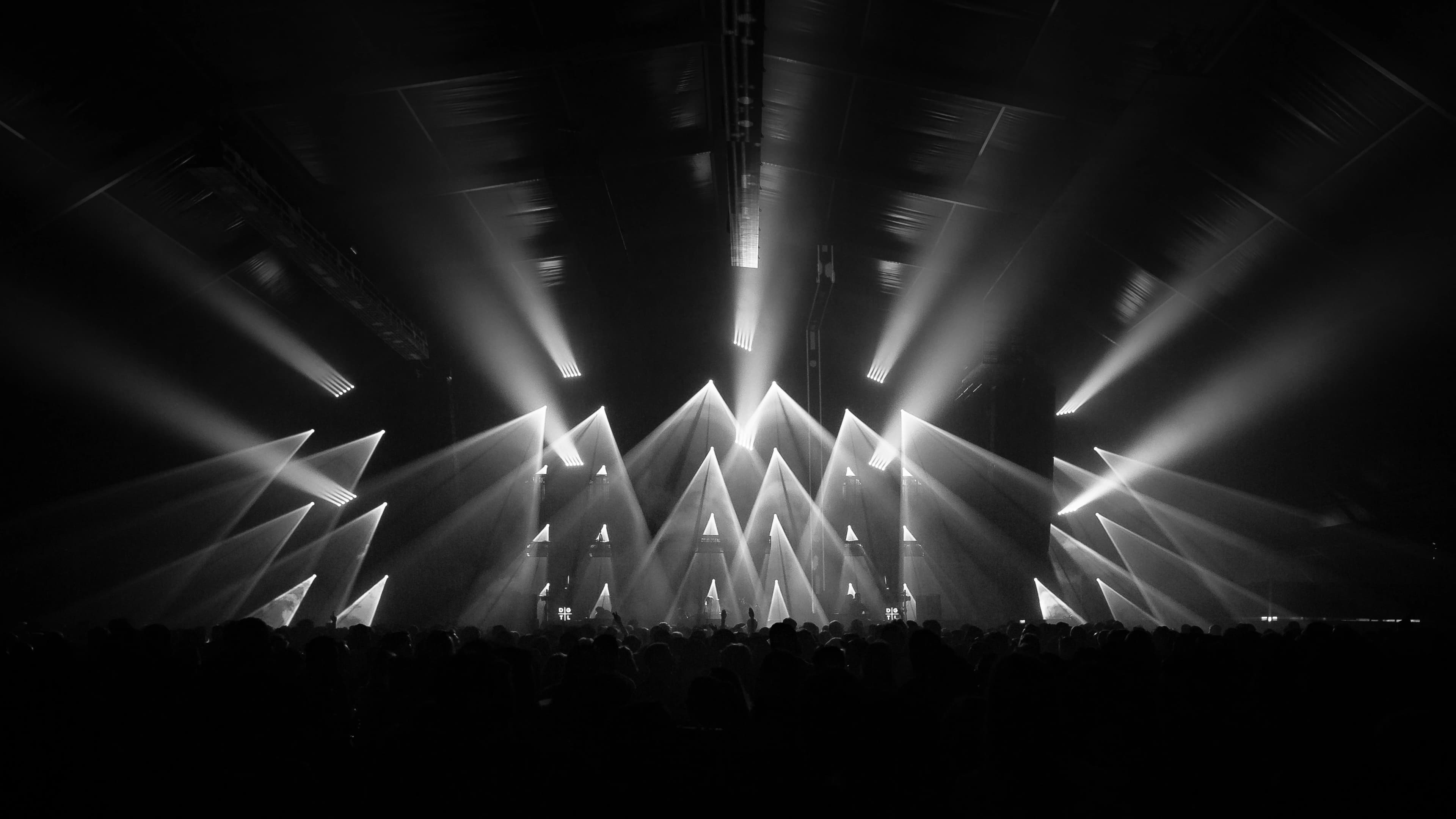

Recession Pop Tickets
Up to 30% Off Compared to Competitors.
Location: Select Location (e.g, New York)
Events Nearby
We're Sorry. There are currently no events near you.
About Recession Pop
Currently, Recession Pop has seen a resurgence, especially in the wake of the COVID-19 pandemic, where many artists are using their platforms to address ongoing economic issues and the lingering effects of the crisis on mental health and well-being. Artists such as Billie Eilish, Hozier, and Grimes continue to innovate within the genre, organizing both large-scale concerts and smaller, more personal shows that invite intimate audiences to engage with the material on a deeper level. Virtual concerts and hybrid events have also become popular, allowing fans from all over the world to experience live performances without geographical or financial barriers. Festivals featuring Recession Pop artists are cropping up, highlighting the genre's relatable themes while empowering local economies through music and community gatherings. Live performances now include more interactive elements, like live-streamed Q&As, fan participation, and collaborations with local charities, further emphasizing the genre's roots in social commentary and community support. As the world continues to navigate financial recovery, Recession Pop remains a soundtrack to life's ongoing struggles and triumphs, ensuring that the genre will adapt and thrive in current and future live event landscapes.
Recession Pop History
Recession Pop emerged as a distinct genre during the late 2000s, characterized by its reflection of economic turmoil and societal shifts. The 2008 financial crisis became a catalyst for artists to explore themes of struggle, resilience, and disillusionment. Musicians like Lana Del Rey, Florence + The Machine, and The xx began to gain prominence, using lyrical content that resonated with a generation facing economic uncertainty. The sound was often marked by melancholic melodies, introspective lyrics, and a blend of electronic and indie pop elements. As concert tours became less frequent due to financial constraints, performers adapted by offering intimate and affordable live events, creating a space for connection amidst widespread anxiety over personal finances. This genre gave audiences a voice, channeling feelings of despair into powerful collective experiences at live concerts, often accompanied by visual arts and unique stage designs that mirrored the somber yet hopeful sentiments of the music.
